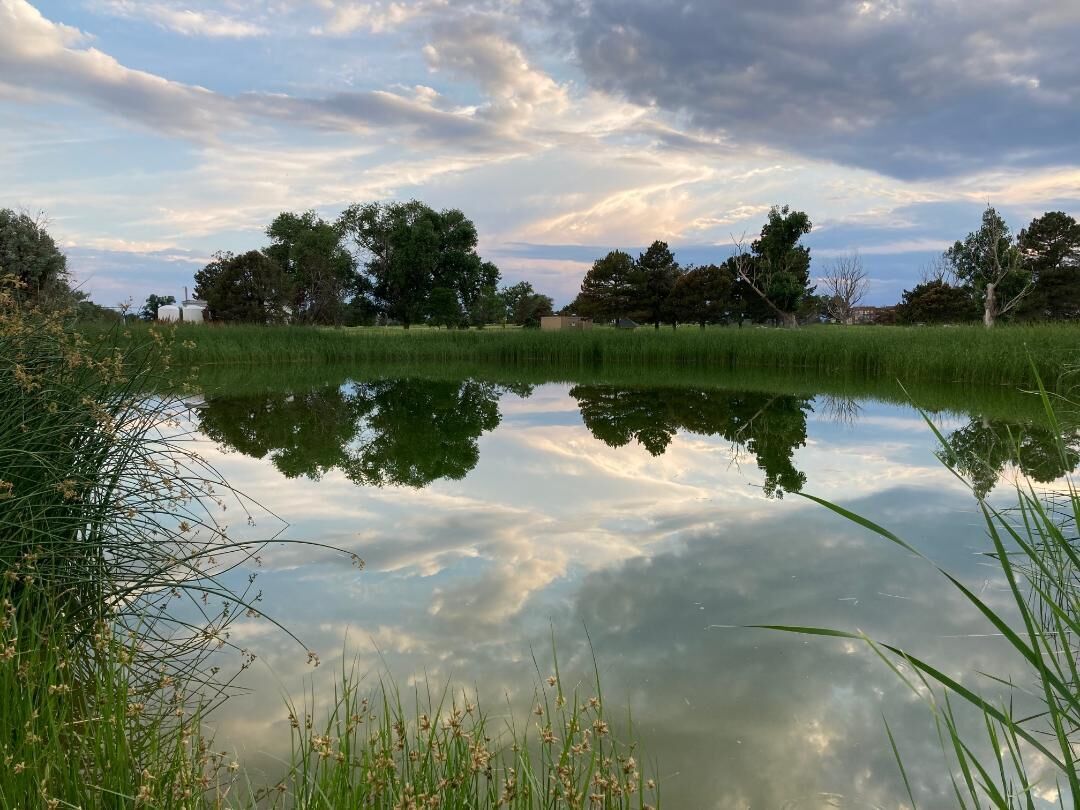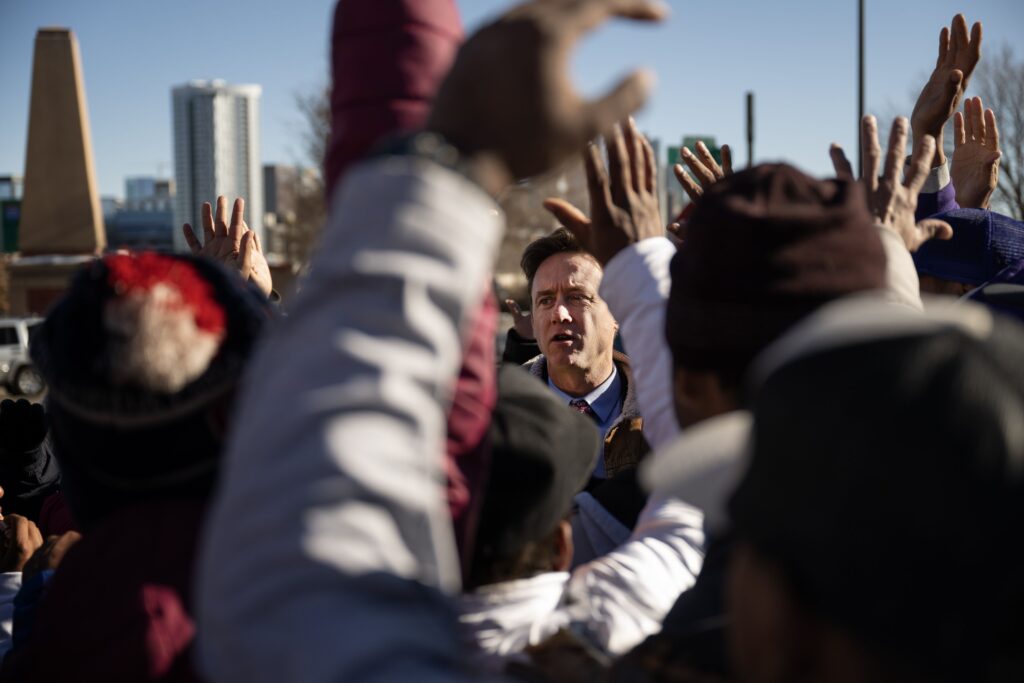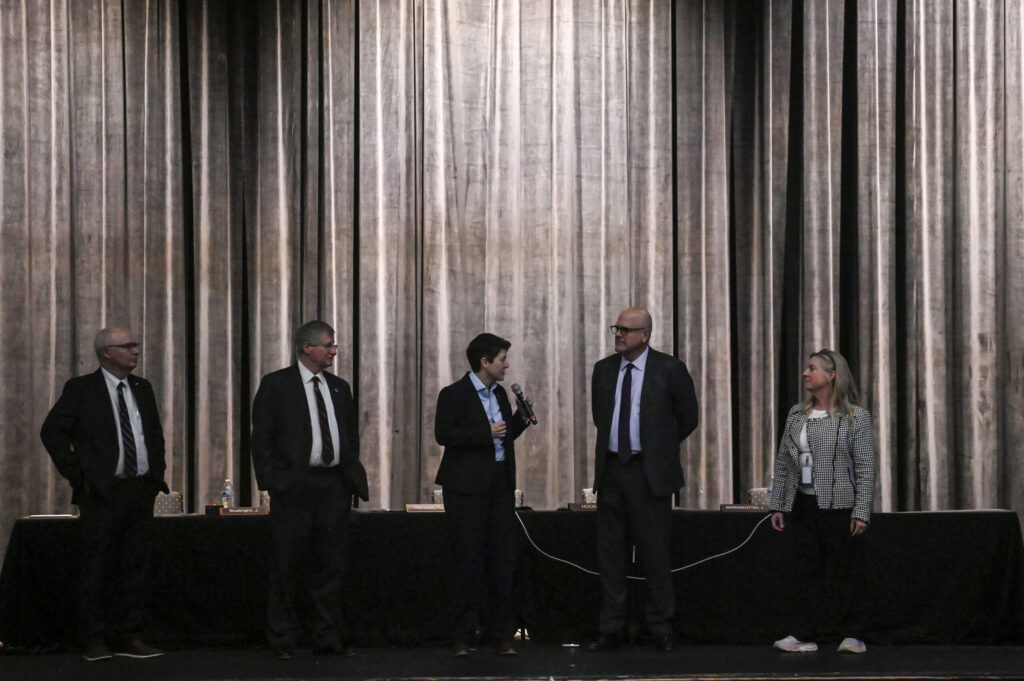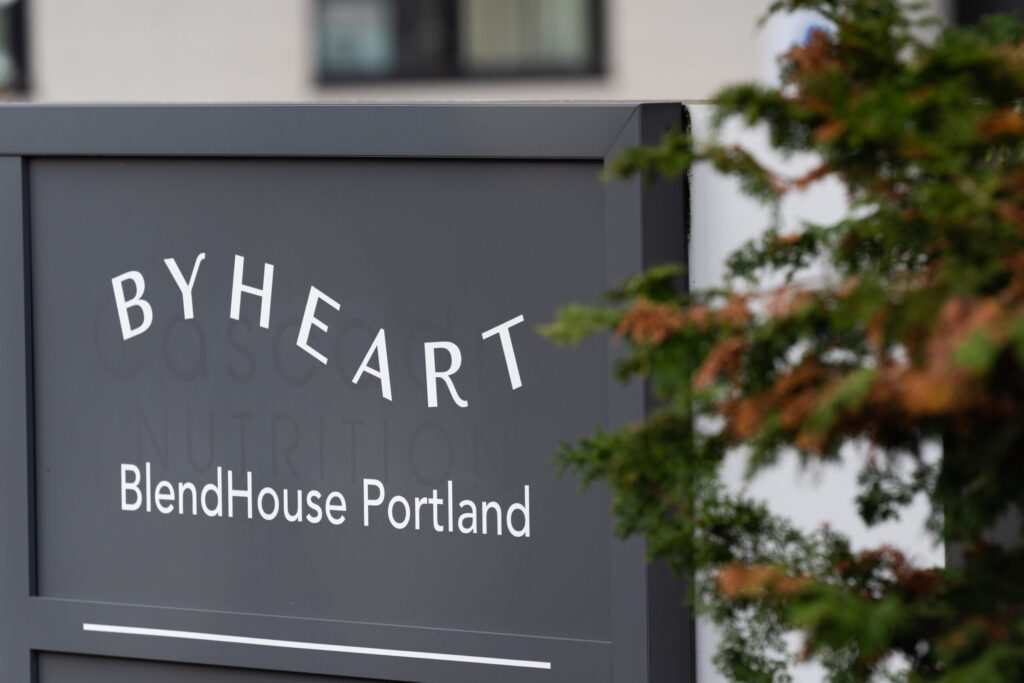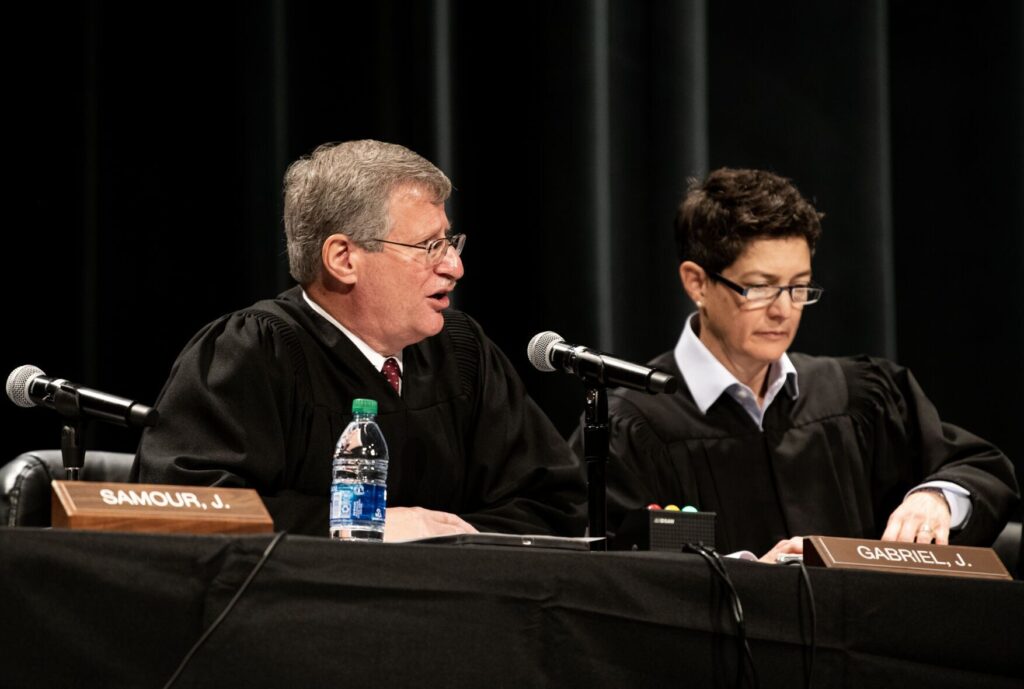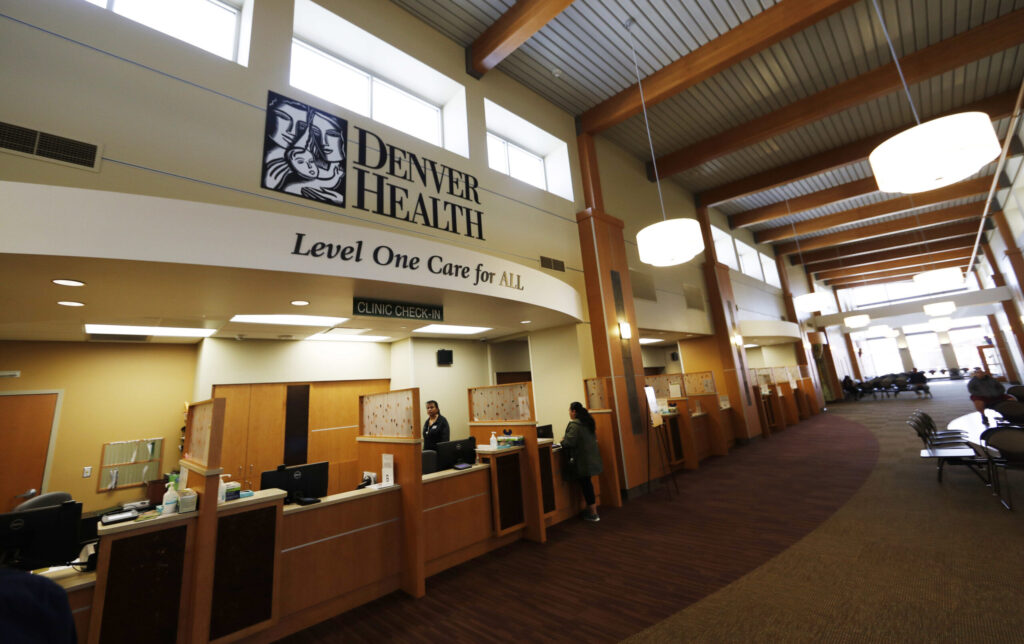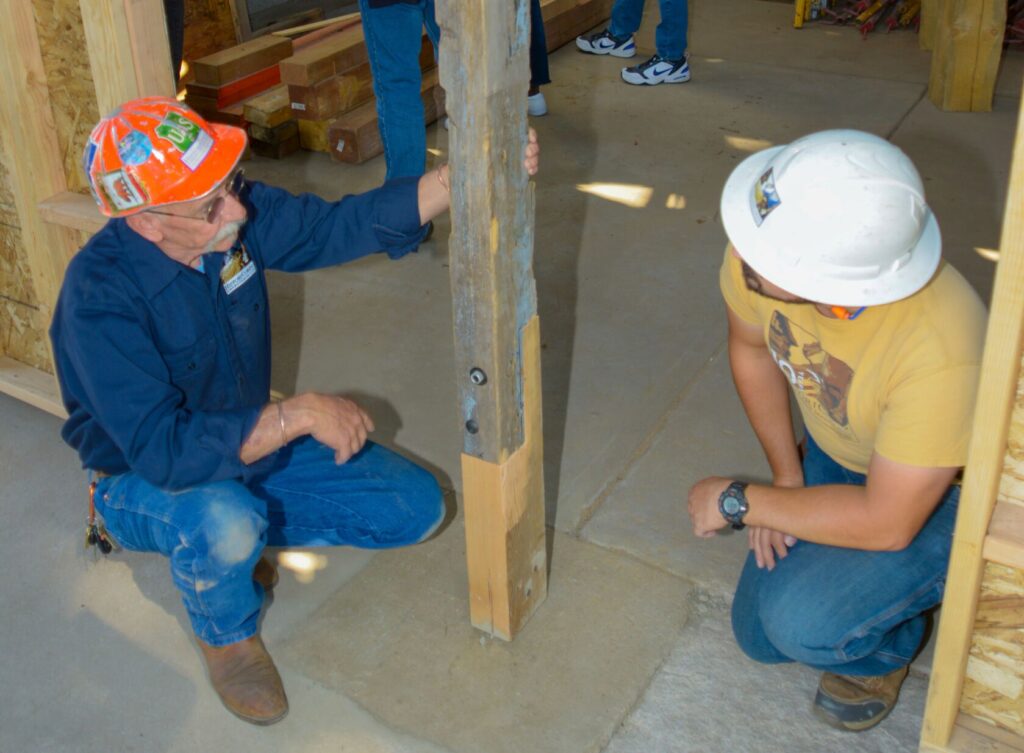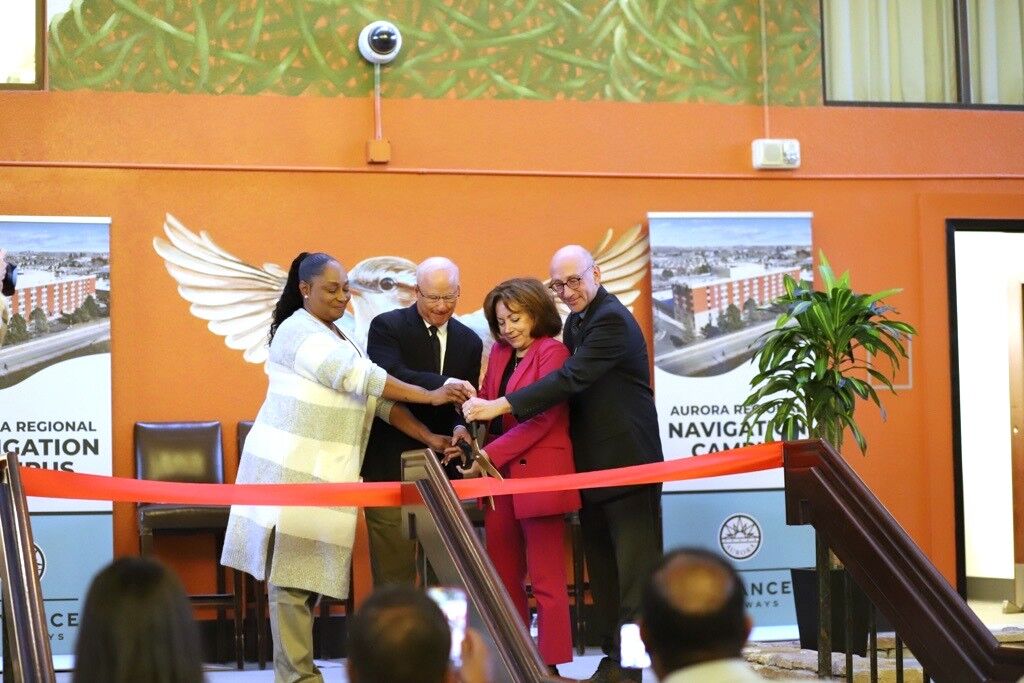Denver Park Hill redevelopment plan draws contentious debate between open space advocates, developer

The future of the former Park Hill Golf Course land went up for debate Wednesday, as representatives from the developer and the opposition faced a room full of homeowners.
When asked for a show of hands for those who did not own a home, one person in the audience raised a hand.
Lawsuit filed against Denver in Park Hill Golf Course land redevelopment
The area’s future seems locked in a battle between urban infill development and a golf course. Opponents maintain it should be open space, while supporters argue it has the opportunity to offer a lot more.
Westside Investment Partners representative Kenneth Ho, whose company owns the 155-acre plot of land, submitted plans to the city of Denver to develop it to include a park, affordable housing, market-rate housing and a grocery store.
Woody Garnsey, who represents Save Open Space Denver, which opposes the ballot measure, countered that the development would mean negative environmental impacts and decreased open space in a quickly growing city.
The debate, which the Osher Lifelong Learning Institute at the University of Denver sponsored, recapped the points and counterpoints in the years-long discussion over what to do with the long-shuttered Park Hill Golf Course.
In 2019, Westside Investment Partners, which bought the plot of land at 4141 E. 35th Ave. for $24 million, wants to include affordable housing, market-rate apartments, retail including a grocery store and park space in the development. In January, Denver City Council voted, 11-2, to put Ordinance 2O on the April ballot about the redevelopment of the former golf course. It also approved the creation of five new metropolitan districts to raise money to pay for the projects and the development plan.
Before the council’s vote, the 155-acre former Park Hill Golf Course land, located in a historically Black community, was zoned as open space. Combined with the conservation easement, this makes building mixed-use residential buildings there a little difficult.
For Ho, the fight for the golf course’s future is “not complicated,” when considering the community and city’s needs.
Ho laid out the company’s plans for the area, which include a model of development “based in diversity, equity and social justice.” A “yes” vote on the ballot measure would mean 100 acres of public parks and open space, two acres designated for a grocery store in the area – which is considered a food desert – and affordable housing units for low-income communities, Ho told the crowd.
A “no” vote means the golf course, by law, remains a golf course.
Habitat for Humanity among 20 organizations endorsing Park Hill Golf Course redevelopment
“That means a missed opportunity for safe parks, desperately needed affordable housing and a real opportunity to bring economic vitality to a section of the city that has suffered disinvestment for decades,” Ho said.
Garnsey countered that the city can amend the easement, and added that the rhetoric that voters have to decide between redevelopment and a golf course “forever” is false.
“If Westside and the city don’t want to maintain a golf course, it and the city can amend the agreement to change the permitted uses as long as they are consistent with the open space and recreation purposes,” Garnsey said.
Contrary to Garnsey’s argument, the easement language expressly forbids the use of the land for anything other than a golf course. The easement does allow “unrelated recreational uses,” such as athletic fields and tennis courts, but with the added requirement that a golf course must remain on site.
“The Golf Course Land shall be occupied, used, operated, and maintained as a regulation-length, 18-hole daily fee public golf course with such related uses and activities as may be accessory or incidental to the operation of a golf course,” according to the easement provision. “No use of the Golf Course Land shall be permitted that would be a detriment to the existence and operation of the Golf Course.”
So, while tennis courts and other athletic infrastructure may be added to the golf course land, the easement requires the presence of an 18-hole golf course, effectively killing the golf course’s potential as a park.
A representative of the Denver City Attorney’s office confirmed this reading of the easement requirements.
If the land does not get redeveloped, not much would need to be done to it to make it more pleasant, Garnsey said. The city could add features, such as playgrounds, benches and tennis courts, to make the area more park-like without going through the process of redeveloping the land.
Since Westside owns all 155 acres of land currently, its dedication of the land to parks and open spaces would not cost taxpayers, Garnsey maintained. As part of Westside’s legally binding agreements, the city would get $24.2 million to plan and approve the design of the park with amenities to benefit the region.
Critics of the development are not against affordable housing and agree Denver needs it, but they believe it should be built elsewhere, Garnsey said, adding that affordable housing should be built around, not on, the “uniquely protected land.”
Ho argued that, if there’s so much other land and opportunity for affordable housing, there would simply be more affordable housing already.
The city of Denver has fewer than 2,000 income-restricted units, said Ho, adding the new community would increase that supply by more than 15%.
Developing the golf course would add density to a city that is losing its open spaces, Garnsey countered.
As Denver rapidly grows and densifies, the city is losing its urban open spaces and falling behind nationally in park space-per-resident, Garnsey said. Half of Denver is now paved over or built up – not taking the space near DIA into account.
An organization called “Yes for Parks and Open Space” said that, in just the last decade, Denver dropped from 11th to 22nd in park land per capita, leading to “overcrowded parks or non-existent recreational opportunities for families.”
In 2019, up to 77% of Park Hill residents wanted to see no development, according to the Yes for Parks’ website. That Greater Park Hill neighborhood survey saw just under 300 responses.
Denver City Council approves Park Hill Golf Course redevelopment plan
A 2021 survey sent out by Denver, in contrast, found 70% of residents who live within one mile of the property want to see some level of redevelopment. The city’s survey had almost 1,300 responses.
Garnsey argued the development would cause “eye sores” in an area where the mountains to the west are visible to those east of it. Constructing housing complexes would create a “highway canyon,” blocking existing westerly views along Colorado Boulevard and in the neighborhood.
“This beautiful project they’re talking about with happy kids playing on green space is going to be completely blocked from the west by buildings,” Garnsey said. “Nobody wants that.”
The development would also have negative environmental effects, he said, asserting the preservation of the space is “critical” to the health and environmental benefit of Denver citizens, especially in the face of climate change.
Denver suffers from one of the nation’s most severe “heat islands” – the warming of urban areas due to increased development, Garnsey said, adding the golf course’s development would exacerbate this issue.
Development has environmental benefits Garnsey did not address, and his argument that the development would limit parks and open space in Denver is not entirely true, Ho countered, adding the neighborhood would also provide affordable housing located near public transportation, meaning more people would have easy access.
Part of Westside’s development plan includes 100 acres of land dedicated to parks and open space, Ho said.
This would make it Denver’s fourth largest park, according to Park Hill CBA Coalition representative Terri Hobart.
The development also focuses on walkability, with bike and walking trails throughout, connecting Clayton and Park Hill, Hobart said.
New housing affordable for those working in Denver would also limit displacement – meaning people working in Denver would not have to move out of the city, Hobart said.
“All of us are going to benefit from the reduction in car traffic by placing this high density housing next to public transit and not displacing residents who live there and work in Denver to more affordable suburbs way outside the city limits,” Hobart said.
Should the ballot measure pass, Westside is legally bound to follow through with its promises through a contract.
“This developer cannot buy his way out of the commitments he made to the city because he also made them to our coalition and we can sue him if he doesn’t do it,” Hobart said.
Some people against the development plan – one of whom spoke out during the debate – argue that the city needs to take more time to study the issue before making a decision.
Once open space is gone, its gone, opponents argued.
Ho replied that the effect of displacement makes the issue urgent. Once families are forced out of their communities, children lose “six months” of academic achievement and community is lost, he said.
While we can’t get open space back once it’s gone,”we can’t get those people back either,” Ho said.
The opposition also raised arguments that the language on the ballot measure favors the developers.
Denver residents will vote on the development plan in the all-mail April 4 city election, which also includes the mayoral race and several city council seats.


